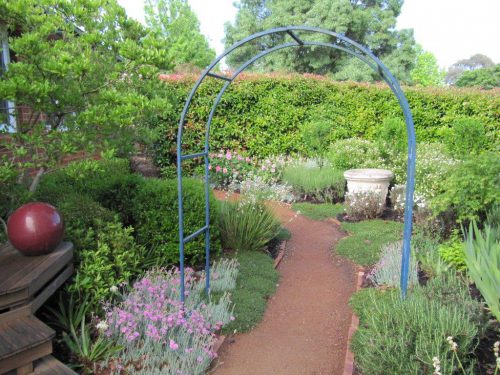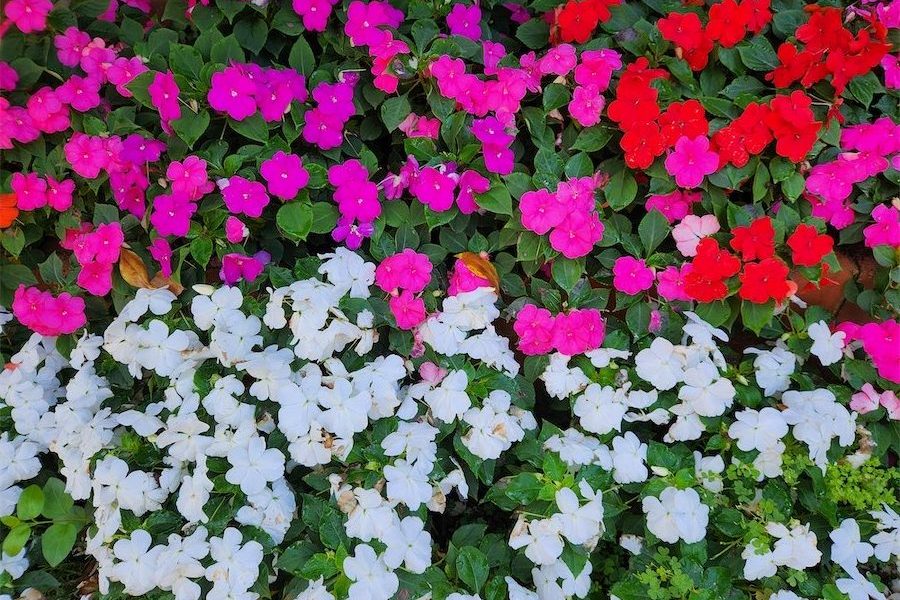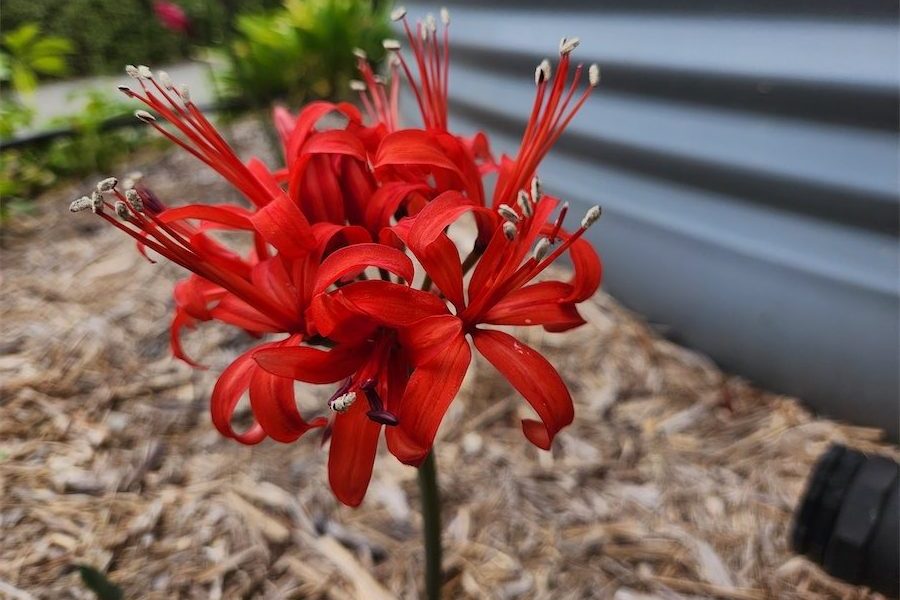

WHILE some gardeners love their lawns, irrespective of maintenance costs, others may be wondering what the alternatives to grass are.
It was a journey of discovery for me, too, that began at the start of the drought in 2003. We all thought the dry was a one off and never imagined it would go on until 2008. The dam levels dropped and severe water restrictions came into force with no lawn watering allowed.

I was appointed ActewAGL’s Water Ambassador and, with Simon Woolford, appeared in a series of fun but serious-messaged “Stop the Drop” ads on TV.
At that time, our front garden comprised two lawns; one was the nature strip and the other inside a curved hedge of photinia.
As the grass took on the familiar brown tinge of drought, I felt, as Water Ambassador, that I needed to set an example.
I looked at the alternatives and, for some time, was attracted by a Mediterranean look with hardy plants but was ultimately influenced by Olivier Filippi’s book “The Dry Gardening Handbook”, based on his dry garden in the south of France.
In a review of the book, I completely concurred with the accolades of gardeners and garden writers around the world that this book was groundbreaking and one of the best of its type.
It was the inspiration to eliminating our lawns at home and installing a Mediterranean garden, which is perfect for Canberra’s climate and our desire to use less water.
Filippi’s just-published follow-up, “Planting Design for Dry Gardens” (Filbert Press), is equally a winner and I couldn’t wait to get my hands on it.
Its sub-title sums the contents up: “Beautiful, resilient ground covers for terraces, paved areas, gravel and other alternatives to the lawn”.
Many of the listed plants will be familiar, such as thymes, Phyla nodiflora and Viola hederacea.
In my library of garden books, I consider “Australian Native Plants” by Wrigley and Fagg to have no equal on native plants; then comes Filippi’s two books that, despite being written in France, are absolutely applicable to our climate covering every aspect of dry-climate gardening from ground preparation to planting and irrigation.
The extensive plant lists in both volumes are virtually all suitable for Canberra gardens. Filippi recommends Lambley Nursery (lambley.com.au), of Victoria, for an excellent range of Mediterranean plants.
Jottings…
- Hopefully, the worst of the frosts are over and it should be safe to plant citrus trees.
- As the new shoots appear on fuchsia, trim off any dead branches and feed.
- If spring bulbs have finished flowering, you don’t have to wait until the foliage dies down. Cut back to ground level four weeks after flowering.
- Plant gladioli corms, a few each week over the next month. They take about 90-100 days to flower.
- Making your first garden? You’ll need “The Canberra Gardener”, published by the Horticultural Society of Canberra. Available from newsagents and bookshops.
Who can be trusted?
In a world of spin and confusion, there’s never been a more important time to support independent journalism in Canberra.
If you trust our work online and want to enforce the power of independent voices, I invite you to make a small contribution.
Every dollar of support is invested back into our journalism to help keep citynews.com.au strong and free.
Thank you,
Ian Meikle, editor




Leave a Reply